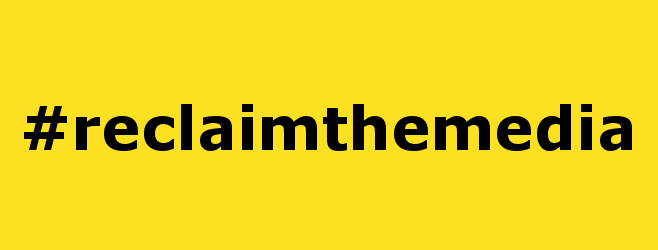 Following the Parliamentary launch of Reclaim The Media, Tom Watson MP has tabled an Early Day Motion in the House of Commons. Already signed by a range of MPs from the Labour, Green and Liberal Democrat Parties, the motion reads:
Following the Parliamentary launch of Reclaim The Media, Tom Watson MP has tabled an Early Day Motion in the House of Commons. Already signed by a range of MPs from the Labour, Green and Liberal Democrat Parties, the motion reads:
That this House shares the widespread and continuing public concerns regarding the power of media barons in the events leading up to the Leveson report; notes that recent legislation gagging civil society groups has only served to amplify the voices of established news organisations, thereby distorting democratic debate; condemns the way in which groups such as benefit claimants, immigrants, women and environmental campaigners are routinely misrepresented in the media; believes that there should be urgent action to safeguard the right to independent and pluralistic information; further notes that a coalition of civil society organisations and professional bodies from throughout Europe has come together with the immediate purpose of running a European Citizens Initiative demanding action to ensure media pluralism; and therefore expresses its support for the UK Coalition on Media Pluralism which aims to open up a serious debate on the need to limit the concentration of media ownership and to increase the range of voices in the local and national media.
In the campaign to secure a truly independent and free media, we need your support. You can help by asking your MP to sign this EDM and by signing the European Citizens’ Initiative for Media Pluralism.

